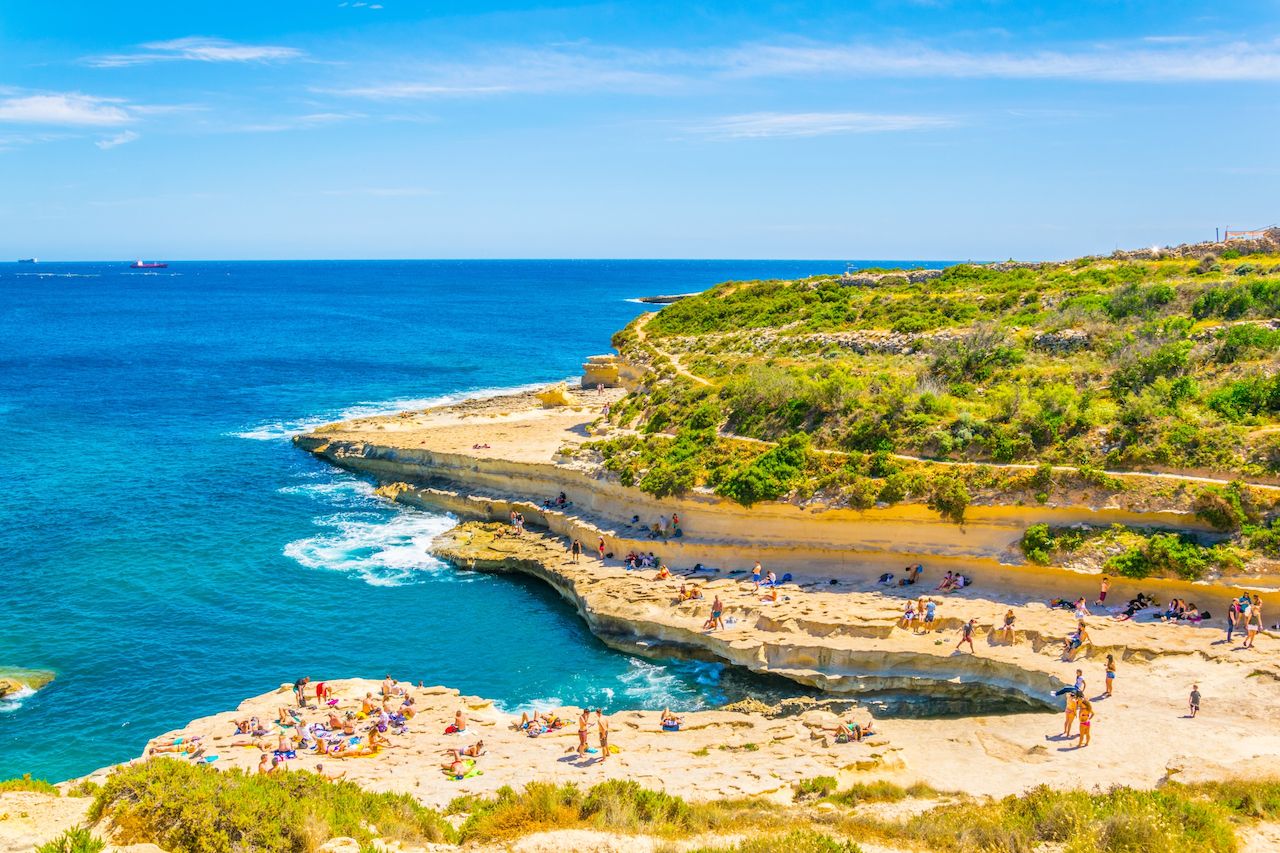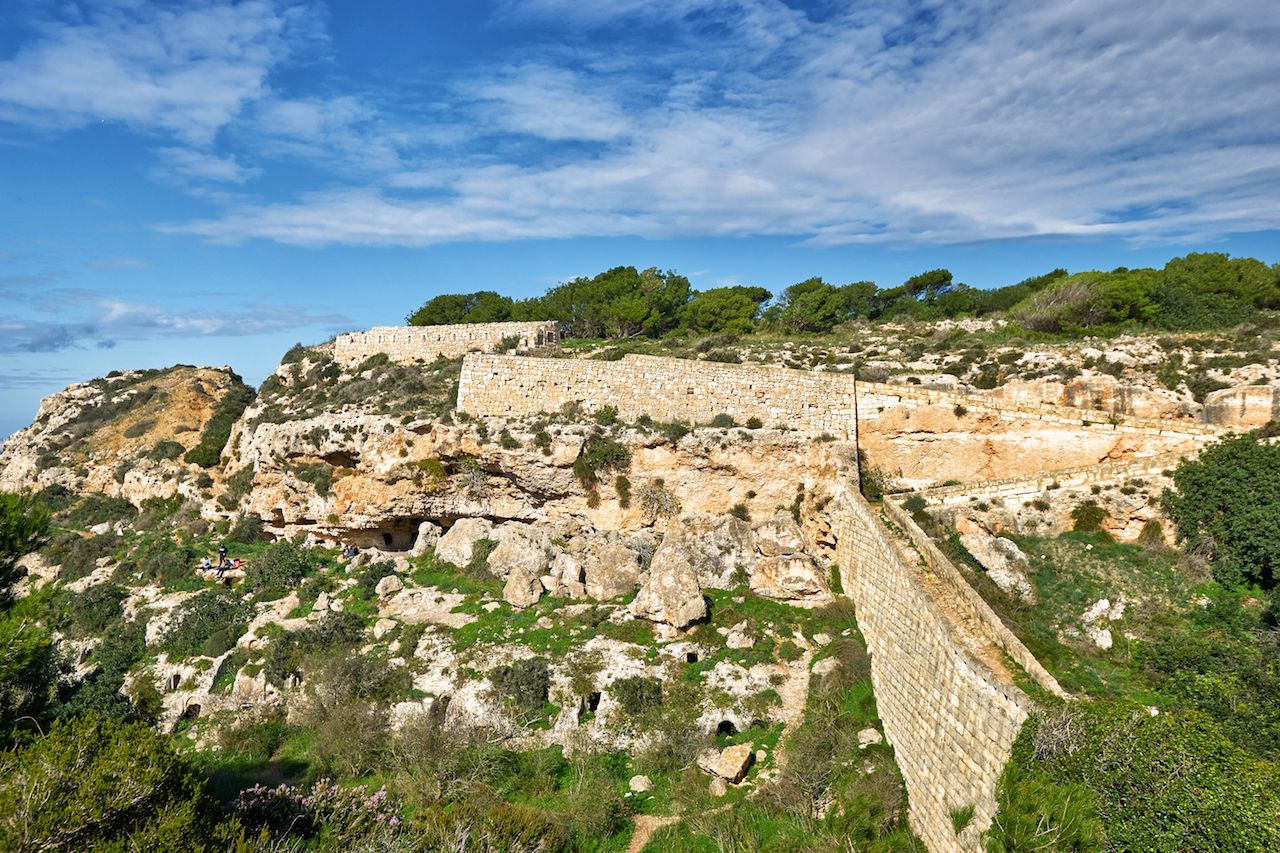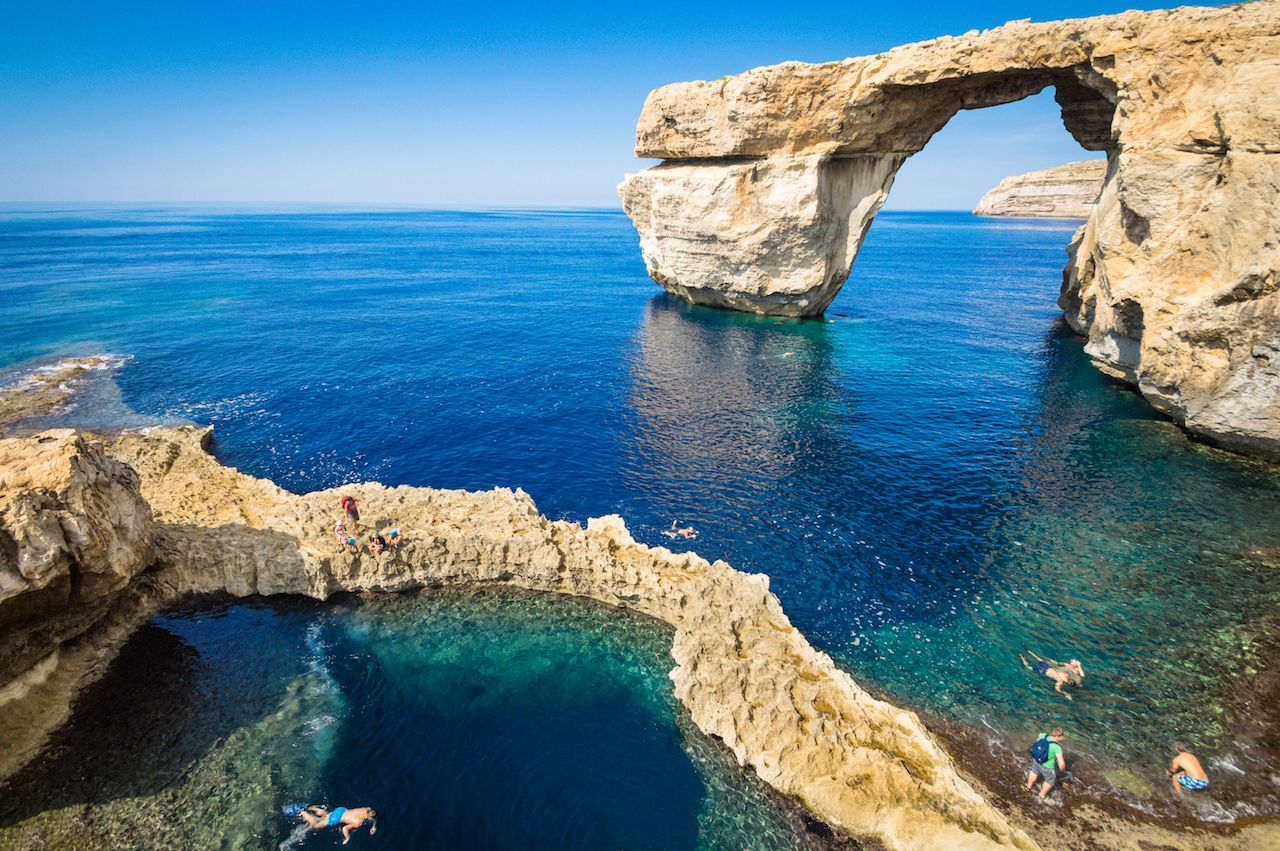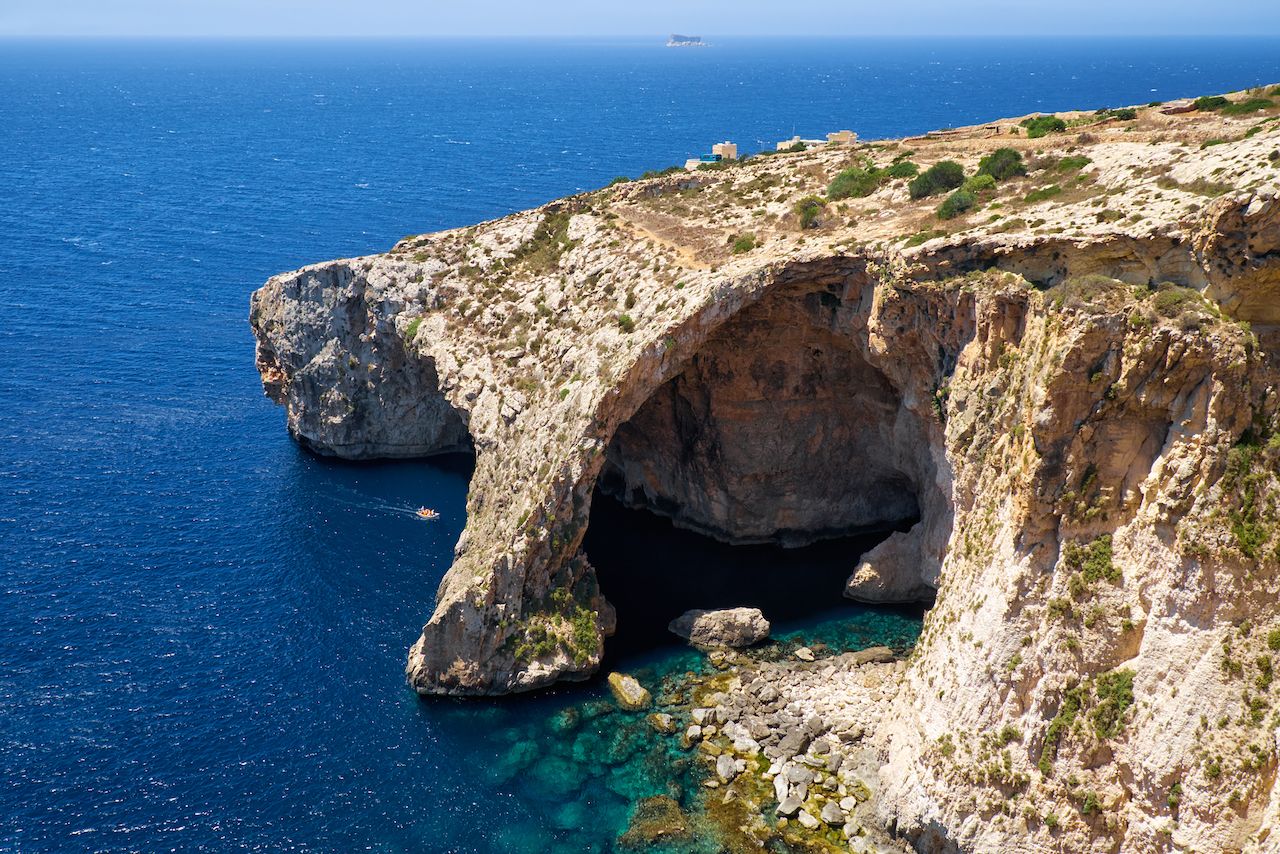The Mediterranean archipelago of Malta, just over 400 miles off Italy’s southern coast, encompasses multiple worlds. To visit here is to stroll alongside European, African, and Middle Eastern culture and heritage, typically in the same town and often on the same block — and all within just 122 square miles of land. The countryside is peaceful and colorful, especially in spring and early summer when nature is in bloom. The coastline is picturesque, offering paths that lead to historic cities, towns, and villages.
In fact, Malta is full of wonderful places to get outdoors. You might even spot the endemic Maltese Everlasting flower, found only on the west coast in yellow bushes adorning the white cliffs. These walkable excursions offer a diverse taste of the island nation and your best bet at snapping an Everlasting photo.





